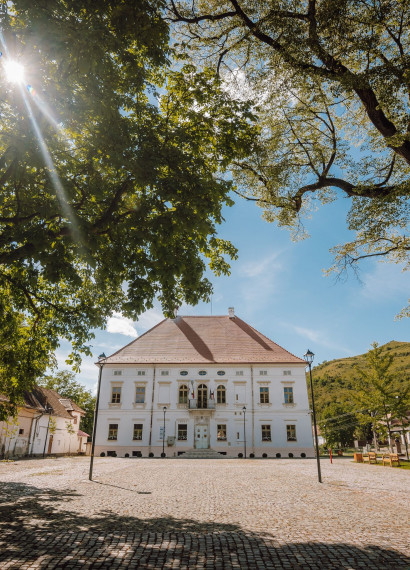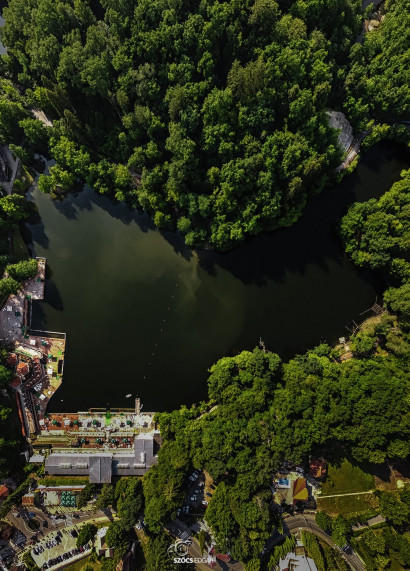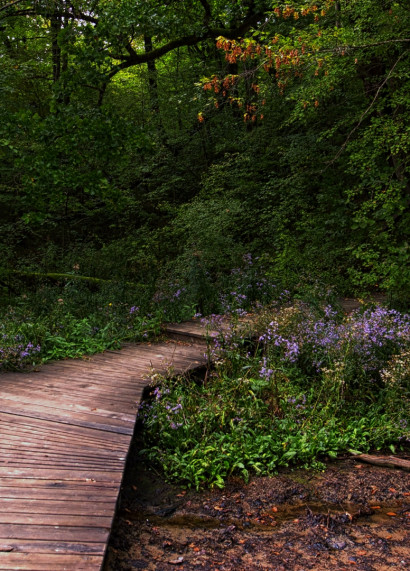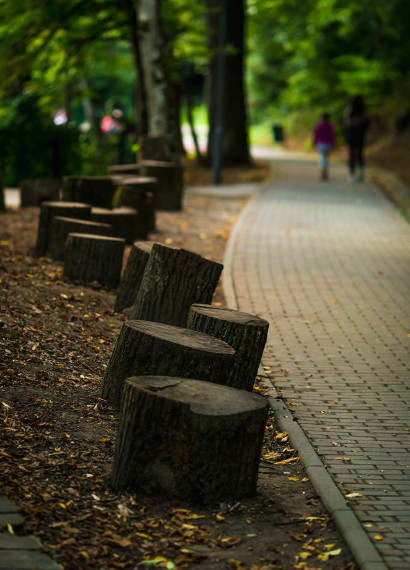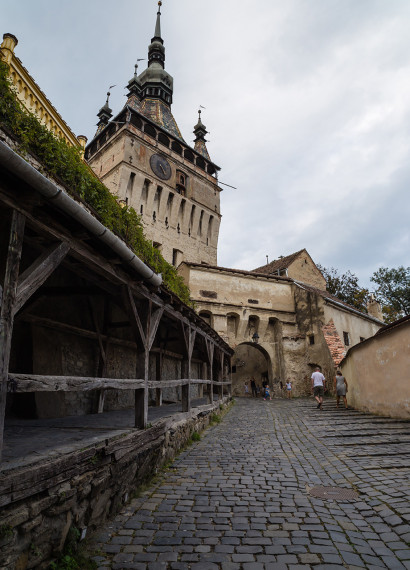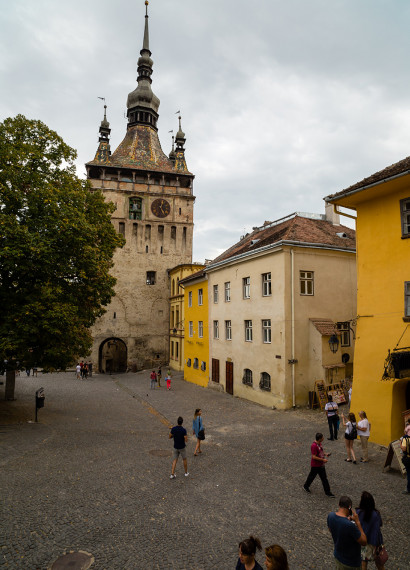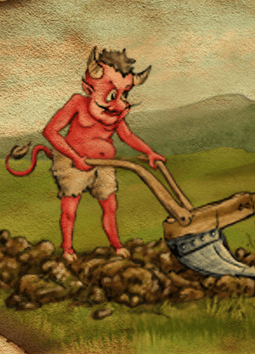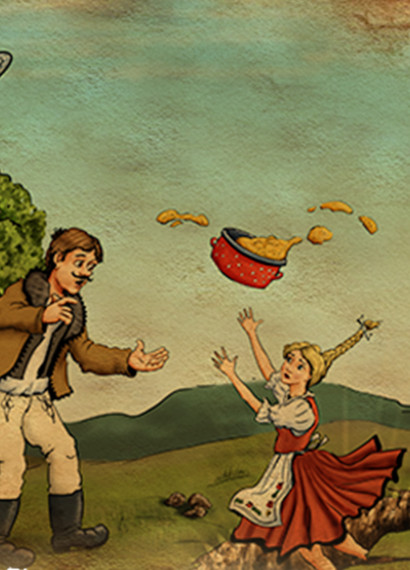The Dragon’s Source - Jacodu
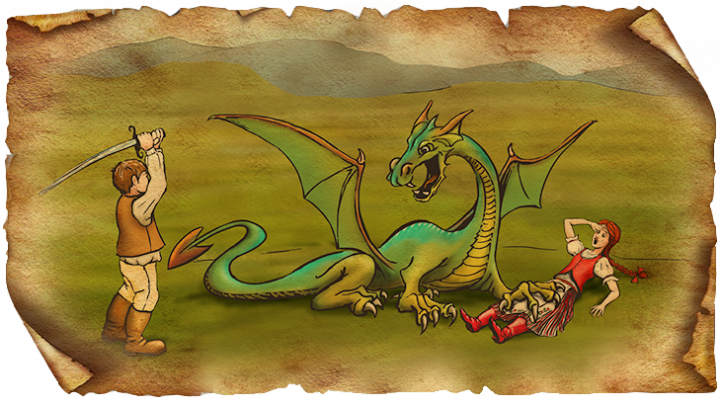
Next to Magyarzsákod rises the rocky peak named Várutahegyese / Castle Hill, its bare peaks emerge from the small valley in which this settlement rests. A source called Dragon’s source springs from the side of the mountain.According to the folk legend, the dragon lived in the swamp below the mountain. He was strong, dumb, and every year he demanded a virgin lass from the locals of the village in exchange for leaving them in peace. Thus, the people were afraid as long as it was the turn of the fiancé of a handsome knight, the ancestor of the Bethlen family from Bún, but the valiant wasn’t afraid and started as David to go to Goliath, who lived in the swamp. His mistress was afraid, asked him to stay, but he was intransigent. He challenged the evil dragon, and before it regained consciousness, he ran his spear into its heart, and then carried away the beast's head to Zsákod.Magyarzsákod, a small settlement not far from Segesvár / Sighisoara, at the source of Zsákod brook, did not receive its name from this hero, but from the fact that it stretches into the surrounding high hills as a bag (zsák = bag). A fabulous sight appears in front of the traveler, looking around from the Castle Mountain. Historical sources and Balázs Orbán mention a ruined fortress, but its exact location on these highlands has not yet been identified. "There is no trace of it here, though the plow (because the high hilltops in this area are also ploughed) uncovered a lot of tile pieces," writes Balázs Orbán.
The inhabitants of the village converted to Unitarian faith during the Reformation, but two centuries later the Horváth family built a Catholic chapel, which was extended to church in 1826. Beside the Unitarian church rebuilt in the 19th century, there is a belfry where the greatest bells of the surroundings can be seen. The two bells were made by Frigyes Hönig in Arad in 1921 and 1936.Sándor Hegedüs (1847–1906), the famous son of Zsákod, publicist, economist and financial expert who was a trade minister at the time of dualism, and former parliamentary deputy of Kolozsvár / Cluj-Napoca. In his honor, a memorial room was set up in his home village, which can also be visited.Even the cut head of the evil dragon cannot be seen, you can leave Zsákod with the experience of the picturesque scenery and spiritual journey back to historical times.
The inhabitants of the village converted to Unitarian faith during the Reformation, but two centuries later the Horváth family built a Catholic chapel, which was extended to church in 1826. Beside the Unitarian church rebuilt in the 19th century, there is a belfry where the greatest bells of the surroundings can be seen. The two bells were made by Frigyes Hönig in Arad in 1921 and 1936.Sándor Hegedüs (1847–1906), the famous son of Zsákod, publicist, economist and financial expert who was a trade minister at the time of dualism, and former parliamentary deputy of Kolozsvár / Cluj-Napoca. In his honor, a memorial room was set up in his home village, which can also be visited.Even the cut head of the evil dragon cannot be seen, you can leave Zsákod with the experience of the picturesque scenery and spiritual journey back to historical times.

